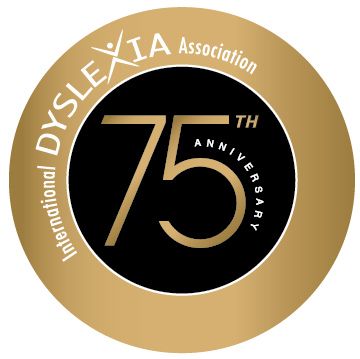About Dyslexia
Dyslexia is difficulty in learning how to read, write and spell. It is a specific learning disability that is neurological in origin. Dyslexia is not rare; its prevalence in the population is from 10-20%. If your child is in a classroom of 30, as many as six students have dyslexia.
Dyslexia does not discriminate on the basis of intellect. You have an equal chance of bumping into a dyslexic at a Mensa meeting as at a tractor pull…or an NEA convention, for that matter. Albert Einstein, Thomas Edison, Henry Ford, Greg Louganis, Whoopi Goldberg, Jay Leno, Robin Williams, Leonardo da Vinci and Charles Schwab: Dyslexics all.
Parents and teachers often become aware that a child in their care has dyslexia when she has difficulty learning the alphabet, hearing rhymes and/or learning to recognize the simple words in pre-school readers. Sometimes the parent/teacher is alerted when, after being repeatedly exposed to a word set, the student neither recognizes nor remembers the words from one day to the next. As the child begins reading instruction, failing to master “decoding” skills (sounding out a word) is a decisive indicator that he could be dyslexic. Since dyslexia is not a disease or a developmental condition, it cannot be treated by medication or having the child “outgrow it.” It can be remedied through appropriate instruction.
In the elementary grades, students with dyslexia are not able to read aloud at a reasonably normal pace; spelling is poor. Reading instruction that is effective for most of the learners in the classroom fails to help these students master reading because it does not sufficiently address the phonological (sound) component of language. Students with dyslexia need explicit instruction in the sound structure of language. The awareness that words are broken into sound units and that these units can be assigned a letter to represent that sound, often escapes the child with dyslexia. As an example, the word “cup” is actually three sounds: /c/ /u/ /p/. Words can be “pulled apart” into sounds, and blended back together to recreate the word. Although activities promoting phonological awareness should be a part of every reading program, quite often is the vital missing link in instruction.
Difficulty with decoding leads to poor fluency (including reading rate) and difficulty with comprehension. The decoding efforts are so great for these children that there is little “brain energy” left to think about what the words mean. Children who have difficulty reading tend to avoid reading because it is an unfulfilling chore. Avoiding reading impedes growth of vocabulary and limits exposure to the new ideas and concepts that are so important to the understanding the curriculum at the upper elementary level and beyond. As the child’s frustration with reading failure increases, he or she may begin to feel depressed about school or to develop behavior problems.
But there is every reason to be optimistic about the future. The exploding fields of genetic research and computer technology are coming together to provide a deeper, more complete understanding of dyslexia. Current genetic research is identifying the specific chromosomes on which dyslexia is carried. Research, using functional MRIs to study how brain activity of persons with dyslexia differs from those who are not dyslexic, will soon point the way to more efficient teaching methods and more effective tools for intervention.
Share this page with your friends…



